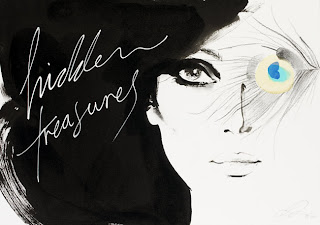The result was an integrated campaign under the slogan ‘Find Your One in a Million’. Targetting office workers, the concepts were designed to follow people through their working day.
The key insight behind the campaign was that people are not just searching functionally for a business or a service; what they are looking for is a specific result that will answer a very specific need. Its not just any old restaurant, its the restaurant that is perfect for that first date or for that reunion dinner. As such, the practical benefits of using Yell can be portrayed in a warm, emotive fashion that garners brand affection over and above the literal service that Yell provides" (Creative Showcase).


View full campaign here
Posted this campaign as I think it is a great example of maximising the use of digital media and the possibilities the Internet has to reach audiences in new ways. Although all the elements of the campaign are simple in terms of their function, visual execution and idea, because the concept has been successfully executed in several different ways, each of which suit the individual variation, it works together well. Good example as to how a simple interactive element can encourage the user to interact with the brand/product/service there and then, not having to click on a link or remember to go back later.
















































